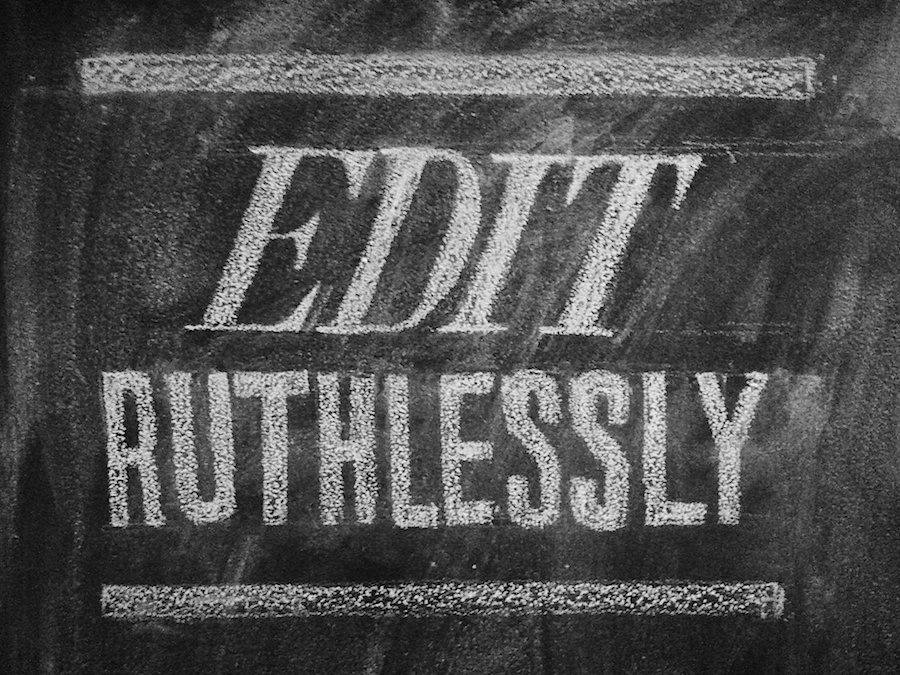Big transitions in life don’t happen every day: graduating, starting a new job, getting married, having a child, moving, etc. Instead, most days are comprised of ordinary moments: repeating the same routines, habits, and tasks over and over. The repetition makes every day feel like every day. All the mundane details fade from memory.
Transition points are not normal days. When life is disrupted, ordinary details become new again. Traveling the same route to work each day, we stop noticing the scenery. On a new route to work, however, the scenery becomes alive and interesting once again. This is the special, unusual effect of transition points: the power to notice, reexamine, and reevaluate the details of life.
As reported two years ago, Target (and other retailers) do their best to take advantage of the unique nature of transition points:
There are, however, some brief periods in a person’s life when old routines fall apart and buying habits are suddenly in flux. One of those moments — the moment, really — is right around the birth of a child, when parents are exhausted and overwhelmed and their shopping patterns and brand loyalties are up for grabs.
Routinized shopping patterns and brand loyalties are only the tip of the iceberg. Amidst the disruption of day-to-day routines, decisions that were once on auto-pilot are overridden by thoughtful control. Choices are reevaluated. Routines are changed.
Today marks one such transition for me personally. My role as a Visual Designer for HGTV has come to an end. Monday marks the beginning of a new adventure (details soon).
It is an exciting time – a transition point. Though all is seemingly in flux, reinvention and renewal awaits. Taking notice anew of everyday details makes each day longer and more vibrant.
Ultimately, transition is adventure – bidding farewell to the familiar and welcoming the unknown. Though difficult, it is rewarding. The lows can sink lower, but the highs soar higher.
Focus on each new day, don’t worry about tomorrow, soak in the details, and move forward one step at a time. Onward.
